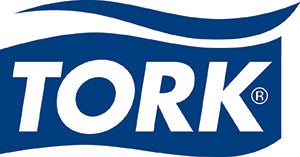BayCare’s St. Joseph’s Hospital-North focuses on certification and training
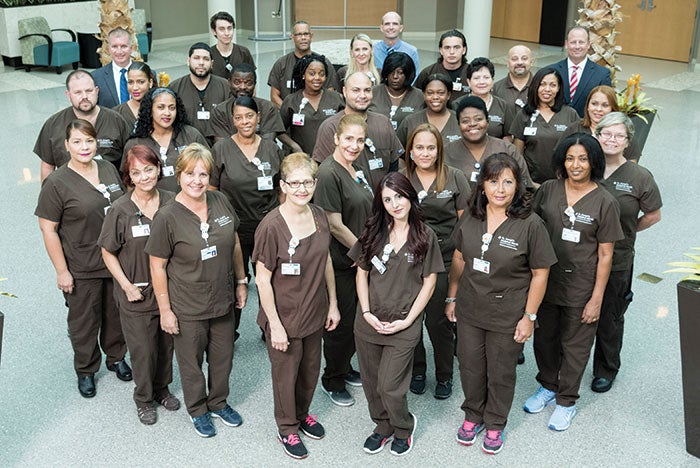
Environmental services technicians are the acknowledged experts at St. Joseph’s Hospital–North when it comes to environmental cleaning and its role in stopping the spread of pathogens and health care-associated infections.

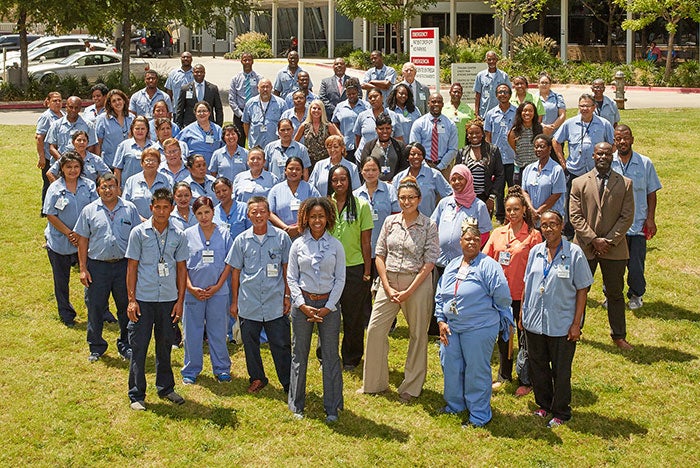
WINNER PROFILE
Teamwork key to JPS Health Network environmental services department performance
INTRO
Environmental Services Departments of the Year teams set safety standard
The professionalism of the environmental services department at BayCare Health System’s St. Joseph’s Hospital–North in Lutz, Fla., is what sets it apart.
Of the 26 people on the environmental services team, 17 have completed the training necessary to become Certified Healthcare Environmental Services Technicians (CHESTs) through the certification program offered by the American Hospital Association’s Association for the Healthcare Environment (AHE).
Dan Bennett, CHESP, M-CHEST, T-CHEST, manager of environmental services at the hospital, says, “My team members were all good prior to the program, but it just really took them to a whole other level, [in] their professionalism and their quality of work.”
Professional expertise
Bennett says the AHE’s CHEST program helps his employees to view their work as a career instead of simply “a job where you collect a paycheck and go home.” None of the people who earned CHEST certification has left the hospital for other employment. “I have 100 percent retention of those team members,” says Bennett.
He notes that treating staffers like professionals and by providing high-level benefits and training are key to managing an effective ES department. “Having a very good, robust, structured training program is going to make your department successful. That’s really why we’re successful,” he says.
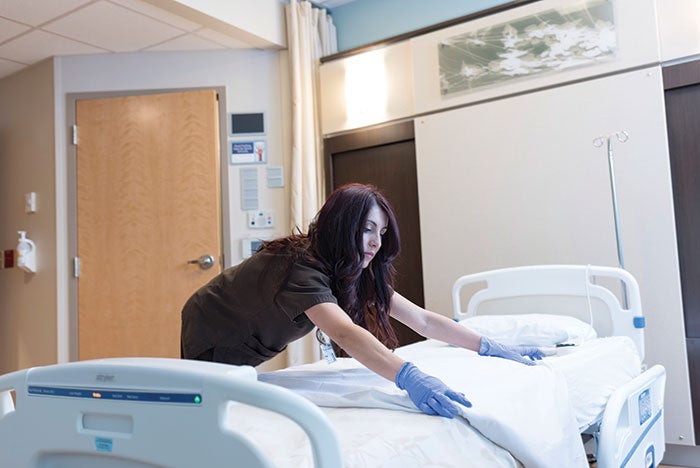
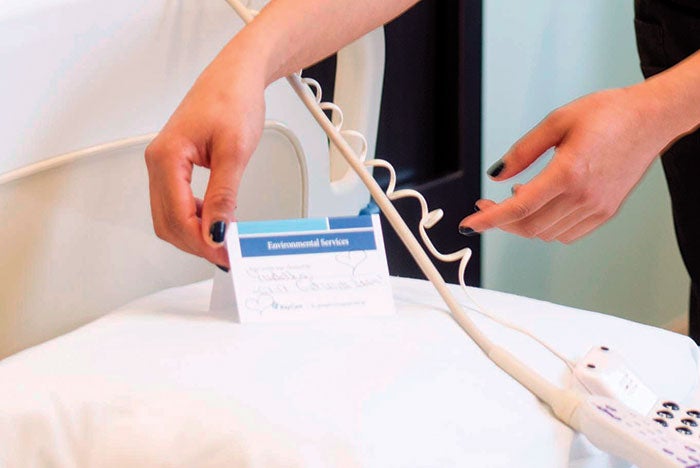
If a patient is out of the room, environmental services staff members will turn down the bed and straighten the pillow as part of his or her cleaning routine, and leave a signed note stating that the room has been cleaned.
Among the department’s most notable successes is a marked reduction in health care-associated infections (HAIs) at the hospital. In the past year, the hospital’s HAI rates for methicillin-resistant Staphylococcus aureus (MRSA) and Clostridium difficile have dropped 63 percent and 31 percent, respectively.
The first four hours of classroom instruction required for CHEST certification cover infection prevention and control. Bennett says this has helped environmental services technicians at St. Joseph’s Hospital–North to realize that “it’s very important that we do our jobs 100 percent every day, because we are protecting patients, team members and visitors within the hospital from dangerous pathogens.”
Managers who perform quality rounds at St. Joseph’s Hospital–North sometimes will stop members of the environmental services team to ask what they do at the hospital. “Their response is, ‘I’m an infection preventionist. I stop the spread of infections while saving lives,’” says Bennett.
Environmental services workers’ training has given them a thorough knowledge of infection-prevention protocols, like the proper use of personal protective equipment, and the confidence and authority to correct those who aren’t taking necessary precautions. “I’ve actually had some doctors call me and say, ‘I appreciated your team member letting me know that I should have washed my hands with soap and water when I was in that C. difficile room,’” Bennett reports.
Environmental services technicians are the acknowledged experts at St. Joseph’s Hospital–North when it comes to environmental cleaning and its role in stopping the spread of pathogens and HAIs, he says.

Radio-frequency identification technology is used to tag automatic scrubbers and vacuum cleaners, making them easier to find in the building.
Customer satisfaction
In addition to helping to lower the HAI rate at St. Joseph’s Hospital–North, the environmental services department has helped to raise the hospital’s patient satisfaction scores. In recent years, the hospital was scoring around the 85th percentile for patient satisfaction on the HCAHPS survey.
“Most places would be very happy with that,” Bennett says. “But the team I have here, they’re never satisfied with what they’re doing. They want to be the best. So, we put some programs in place to help them do their jobs and improve our patient satisfaction.” The hospital earned the Guardian of Excellence award from patient experience measurement firm Press Ganey Associates Inc. in 2016. This award recognizes organizations that reach the 95th percentile or higher for each reporting period during a year.
A large part of the push toward increased patient satisfaction involved making the work of the department more apparent to patients and visitors. At many hospitals, Bennett notes, the first step of the daily cleaning protocol for patient rooms is to empty the trash. “We start at the bedside, because we want the patients to know that they’re the most important,” Bennett says. St. Joseph’s Hospital–North environmental services staff begin by cleaning everything within a patient’s reach while they explain that they want to disinfect the immediate area to make sure the patient is protected.
If a patient is out of the room, the environmental services staff member will turn down the bed and straighten the pillow as part of his or her cleaning routine and leave a signed note stating that the room has been cleaned. Later in the day, the staff member will return to the room to make sure it was cleaned to the patient’s satisfaction. Once this program and CHEST certification were implemented, “[patient satisfaction] scores went through the roof,” says Bennett.
The department has taken a similar approach to cleaning the hospital’s ambulatory surgery department. Instead of cleaning this area off-shift, “we clean in there while patients are around, because I think it’s important that the patients see us doing it,” Bennett says.
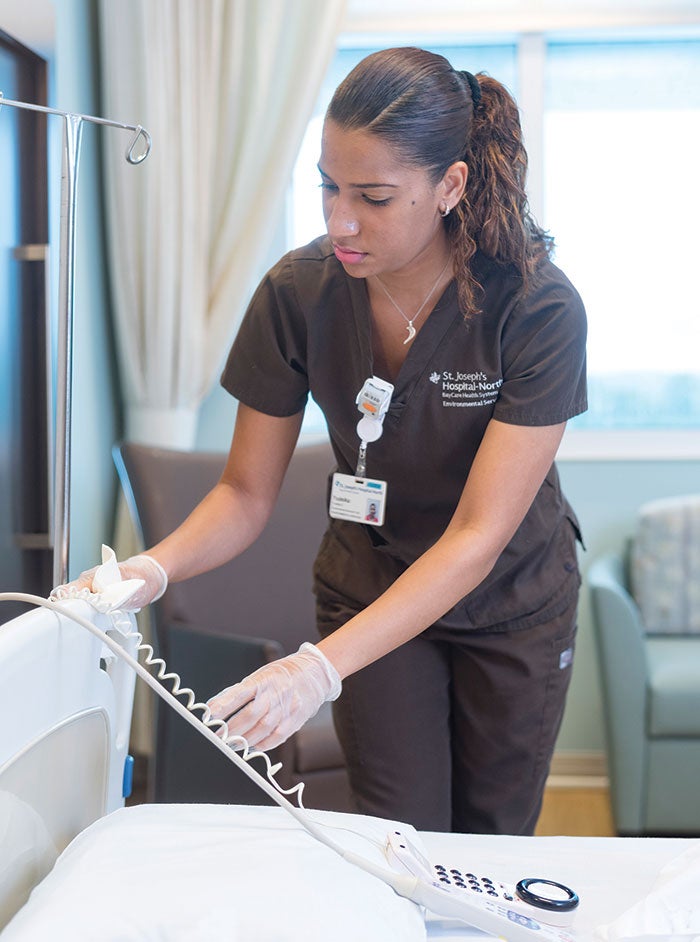
Environmental services staff clean everything within a patient’s reach while they explain that they want to disinfect the immediate area to make sure the patient is protected.
Efficiency and waste management
St. Joseph’s Hospital–North’s occupancy rate in 2016 was 108 percent of its capacity, making throughput important at the hospital. The environmental services department was turning over rooms in an impressive 51 minutes, but with patients sometimes having to wait in the emergency department (ED) for rooms to become available, the environmental services team wanted to do better.
“I started looking at it and learned that just shaving five minutes from our turn time would save about three hours a day of patients’ waiting in the ED,” Bennett says. “My team said, ‘If we want to improve our turnaround time, why don’t we take an all-hands-on-deck approach?’” Environmental services staff members have zones within the hospital in which they are responsible for discharges, but when they are busy, discharges are assigned to the next available person, regardless of zone. This has reduced the turnaround time by four minutes, Bennett says.
The department uses radio-frequency identification (RFID) technology to increase efficiency, too. Environmental services equipment, like automatic scrubbers and vacuum cleaners, are tagged to make them easier to find in the building. “If you’re looking for a piece of equipment, you don’t have to walk around, you can just pull up the tag number and go get it. So that helps to save time,” Bennett says. Noncritical clinical equipment, like pumps and IV poles, carry RFID tags as well. This helps the department to locate these items for cleaning and track when they are due for service.
The hospital also has an advanced medical waste and recycling program. “Any time you can get regulated medical waste out of landfills, it’s a win,” says Bennett. An extruding system at BayCare’s main hospital sterilizes the system’s waste, which is then used as fuel by the city of Tampa. “It’s recycled,” Bennett explains. “You’re not putting anything into the ground anymore.”
‘All the credit’
According to Bennett, his team is extremely excited and proud to have been named Environmental Services Department of the Year. “They’re out there doing the job and on the front line taking care of everything, so they deserve all the credit. This is just great that we can recognize them,” he says.
Amy Eagle is a freelance journalist based in Homewood, Ill., who specializes in health care-related topics. She is a regular contributor to Health Facilities Management.


